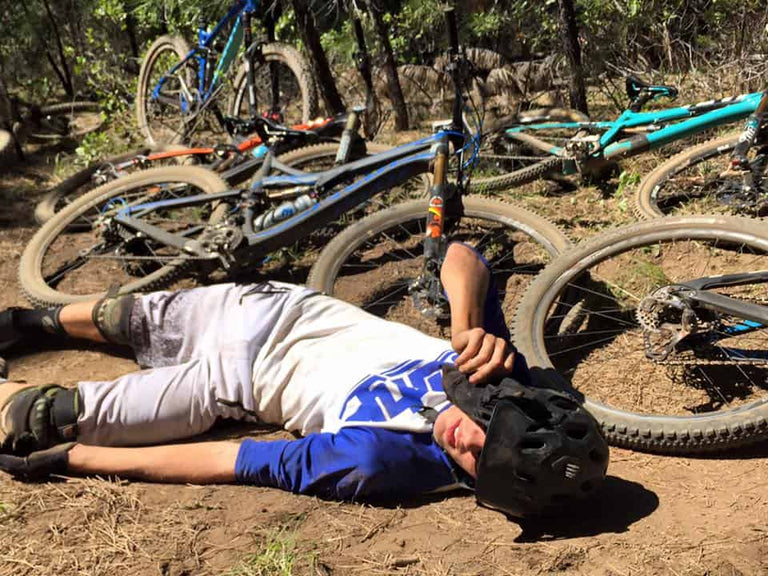Overtraining. This is a dirty word in my circles. My cyclist peers will never own up to it and speak in hushed or mocking voices when they talk about someone else who has it; mere mortals or those too stupid to “listen to their bodies” are the ones who get overtrained, not them. My clinical peers roll their eyes when they talk about one of their athlete clients who is overtrained, “don’t those exercise monkeys know better?” So with embarrassment and self-deprecating inner monologues I found myself 27 miles from home, huddling under a tree to wait out a storm, sobbing because I wanted to turn home. Sobbing because I was going to bail on my training plan and go home. Sobbing because I was sobbing. Yes, I’m overtrained.
And that is not the end of the world!
Overtraining Syndrome (OTS) effects your hormone and nervous system creating an environment where your body can not keep up on repairing and rebuilding tissue in response to training stresses. This usually happens when intensity and/ or duration of training are turned up too quickly and/or you are not getting adequate rest and/or there are other big stressors in your life. Physically athletes with OTS show rapid decrease in performance with mild muscle soreness and maybe headaches. Psychologically they present with irritability, sudden lack of love for their sport (“staleness”), and depression. Insomnia and decreased appetite are common symptoms as well that compound the problem.
Fortunately, if you recognize the symptoms early, OTS can be turned around pretty quickly. If you keep pushing through lack luster workouts or add more in to “make-up” for poor performance you can set yourself up for a lengthy bout of OTS. If symptoms have been present for 3-4 weeks, typically a 3-5 day rest period followed by returning to training with similar intensity but lower volume for a few weeks remedies the situation. There is a lot of evidence showing that reducing training volume but not intensity for up to 21 days will not affect performance. But, if symptoms have been present for a longer period, a multi-week break from training and slow return may be required. Early detection and intervention is key!
Good thing I went home instead of pushing on in the rain.
To supplement my rest phase I am getting gentle sports massage (this is NOT the time for deep tissue work). I am making sure I am hydrated and my glycogen supplies are restored (i.e. eating complex carbohydrates). There is a lot of evidence that active recovery helps stimulate normal tissue repair cycles so I am going to a restorative Yoga class or doing a mellow swim (not my usual Master Swim cross training session) a few days a week. And I’m sleeping! I am early to bed and not setting an alarm on weekends. I am goal oriented, so my training focus is to get my recovery right; turning down a late night out with the girls, skipping the group ride that turns into a dead sprint, and eliminating that nagging “to-do” list so when I’m back to full training I won’t have that stressor in the mix.
Sometimes you have to slow down to speed up.




